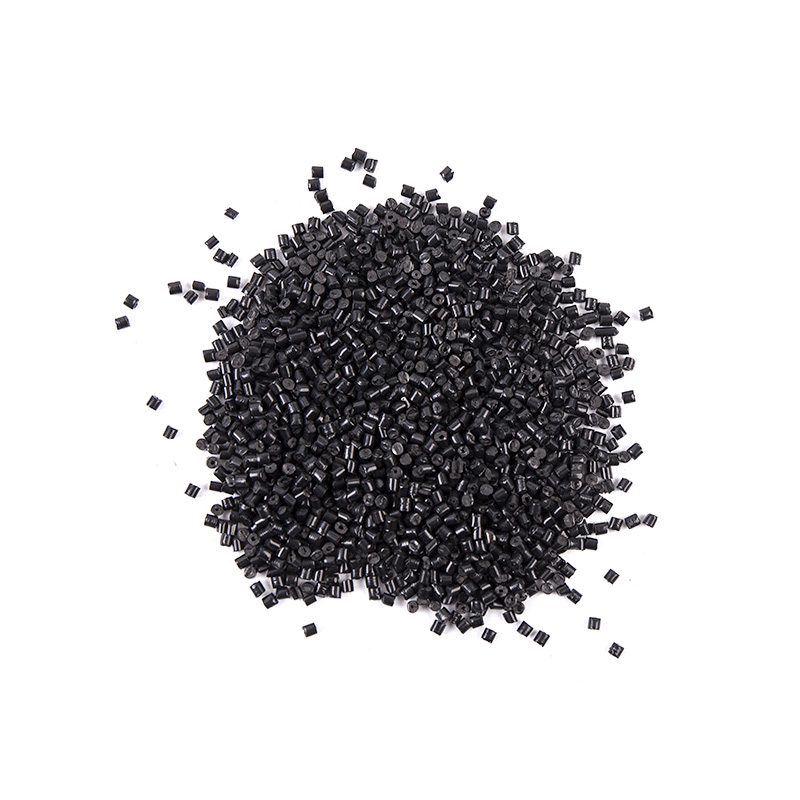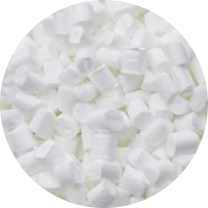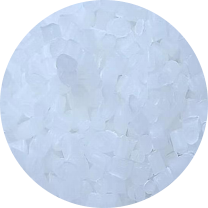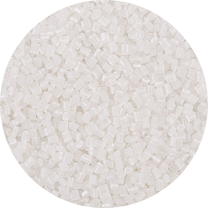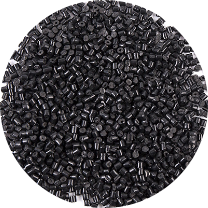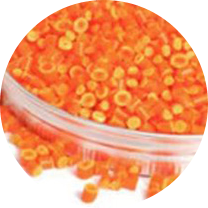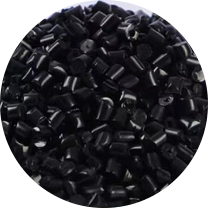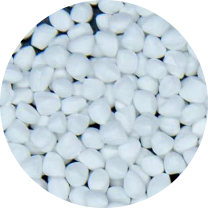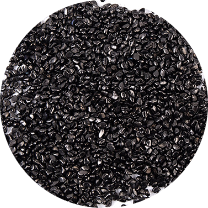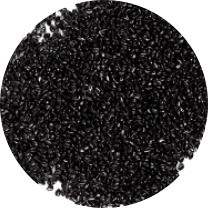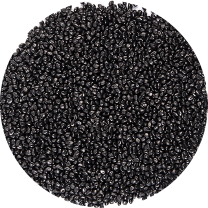Nonwoven Color Masterbatch: Applications, Benefits, and Selection Guide
- 1 What is Nonwoven Color Masterbatch and How Does It Work?
- 2 Key Advantages of Using Color Masterbatch for Nonwoven Fabrics
- 3 How to Choose the Right PP Masterbatch for Nonwoven Applications
- 4 Innovations in Eco-Friendly Color Masterbatch for Nonwovens
- 5 Solving Common Challenges With Nonwoven Fabric Coloring Techniques
What is Nonwoven Color Masterbatch and How Does It Work?
Nonwoven color masterbatch is a concentrated mixture of pigments or dyes encapsulated into a carrier resin, specifically designed for coloring nonwoven fabrics. Unlike traditional dyeing methods, masterbatches offer uniform dispersion, excellent color consistency, and improved processing efficiency. The carrier resin is compatible with the base polymer used in nonwoven production, ensuring seamless integration during the manufacturing process.
Melt-Blown Polyester Yarn Black Masterbatch Color Carbon Masterbatch
The working mechanism involves:
- Thermal processing where the masterbatch melts and disperses evenly
- Pigment particles bonding at molecular level with the base polymer
- Color integration occurring during fiber formation or fabric production
Compared to alternative coloring methods:
| Method | Advantages | Disadvantages |
|---|---|---|
| Nonwoven color masterbatch | Excellent color consistency, high efficiency, minimal waste | Higher initial cost for small batches |
| Solution dyeing | Good penetration | Higher water and energy consumption |
| Pigment printing | Suitable for patterns | Limited to surface application |
Key Advantages of Using Color Masterbatch for Nonwoven Fabrics
The adoption of color masterbatch for nonwoven fabrics has revolutionized the textile industry by offering numerous technical and commercial benefits that surpass conventional coloring techniques.
Superior Color Quality and Consistency
Masterbatches provide unparalleled color uniformity across production batches, which is particularly crucial for large-scale nonwoven manufacturing. The pre-dispersed pigments in the carrier resin eliminate common issues like streaking or uneven coloration that often occur with alternative methods.
Enhanced Process Efficiency
The incorporation of color during the extrusion or spinning process eliminates additional processing steps required in post-production dyeing. This streamlined approach results in:
- Reduced energy consumption by up to 30% compared to wet dyeing processes
- Faster production cycles with immediate color integration
- Lower labor requirements as color adjustment happens at the material preparation stage
Improved Material Properties
Modern color masterbatch for nonwoven fabrics formulations can enhance certain characteristics of the final product:
- UV stability for outdoor applications
- Better thermal resistance in high-temperature environments
- Improved fiber strength in some polymer systems
How to Choose the Right PP Masterbatch for Nonwoven Applications
Selecting the appropriate PP masterbatch for nonwoven applications requires careful consideration of several technical parameters to ensure optimal performance and cost-efficiency.
Polymer Compatibility Considerations
The carrier resin in the masterbatch must be compatible with the base polypropylene used in nonwoven production. Mismatched melt flow indices (MFI) can lead to processing issues and inferior product quality.
Pigment Concentration and Loading Levels
Typical loading ratios range from 1% to 5% depending on:
- Desired color intensity
- Fiber diameter and fabric weight
- End-use requirements for lightfastness
Special Additive Requirements
Many PP masterbatch for nonwoven applications now incorporate functional additives that provide additional benefits:
| Additive Type | Function | Typical Concentration |
|---|---|---|
| Antioxidants | Prevent polymer degradation | 0.1-0.5% |
| UV stabilizers | Enhance outdoor durability | 0.2-1.0% |
| Antimicrobial agents | Prevent microbial growth | 0.5-2.0% |
Innovations in Eco-Friendly Color Masterbatch for Nonwovens
The growing demand for sustainable solutions has driven significant advancements in eco-friendly color masterbatch for nonwovens, addressing environmental concerns without compromising performance.
Bio-Based Carrier Resins
New generation masterbatches utilize carriers derived from renewable sources such as:
- Polylactic acid (PLA) for compostable nonwovens
- Bio-polyethylene from sugarcane ethanol
- Starch-based polymer blends
Heavy Metal-Free Pigment Systems
Replacing traditional heavy metal pigments with safer alternatives has been a major focus area. Modern eco-friendly color masterbatch for nonwovens employs:
- Organic pigments with improved lightfastness
- Mineral-based colorants meeting EU REACH regulations
- Advanced nano-pigments offering higher color strength
Solving Common Challenges With Nonwoven Fabric Coloring Techniques
While nonwoven fabric coloring techniques have advanced significantly, manufacturers still face several technical challenges that require specialized solutions.
Color Migration Issues
Unwanted color transfer, especially in multilayer nonwovens, can be minimized through:
- Optimized pigment selection based on solubility parameters
- Use of polymeric dispersing agents
- Proper thermal profile control during processing
Filter Pressure Build-Up
Excessive pressure in spinneret filters due to poor pigment dispersion can be addressed by:
| Problem Cause | Solution Approach | Expected Improvement |
|---|---|---|
| Large pigment particles | Advanced grinding technology | 30-50% pressure reduction |
| Inadequate dispersion | Optimized carrier resin formulation | Improved flow characteristics |
Meeting Regulatory Compliance
Global regulations regarding colorants in textiles require careful selection of nonwoven fabric coloring techniques and materials:
- OEKO-TEX Standard 100 compliance for baby products
- FDA requirements for food contact applications
- EU Ecolabel criteria for sustainable products


 English
English 中文简体
中文简体 한국어
한국어 عربى
عربى